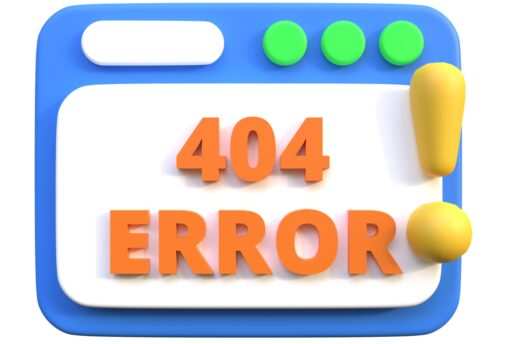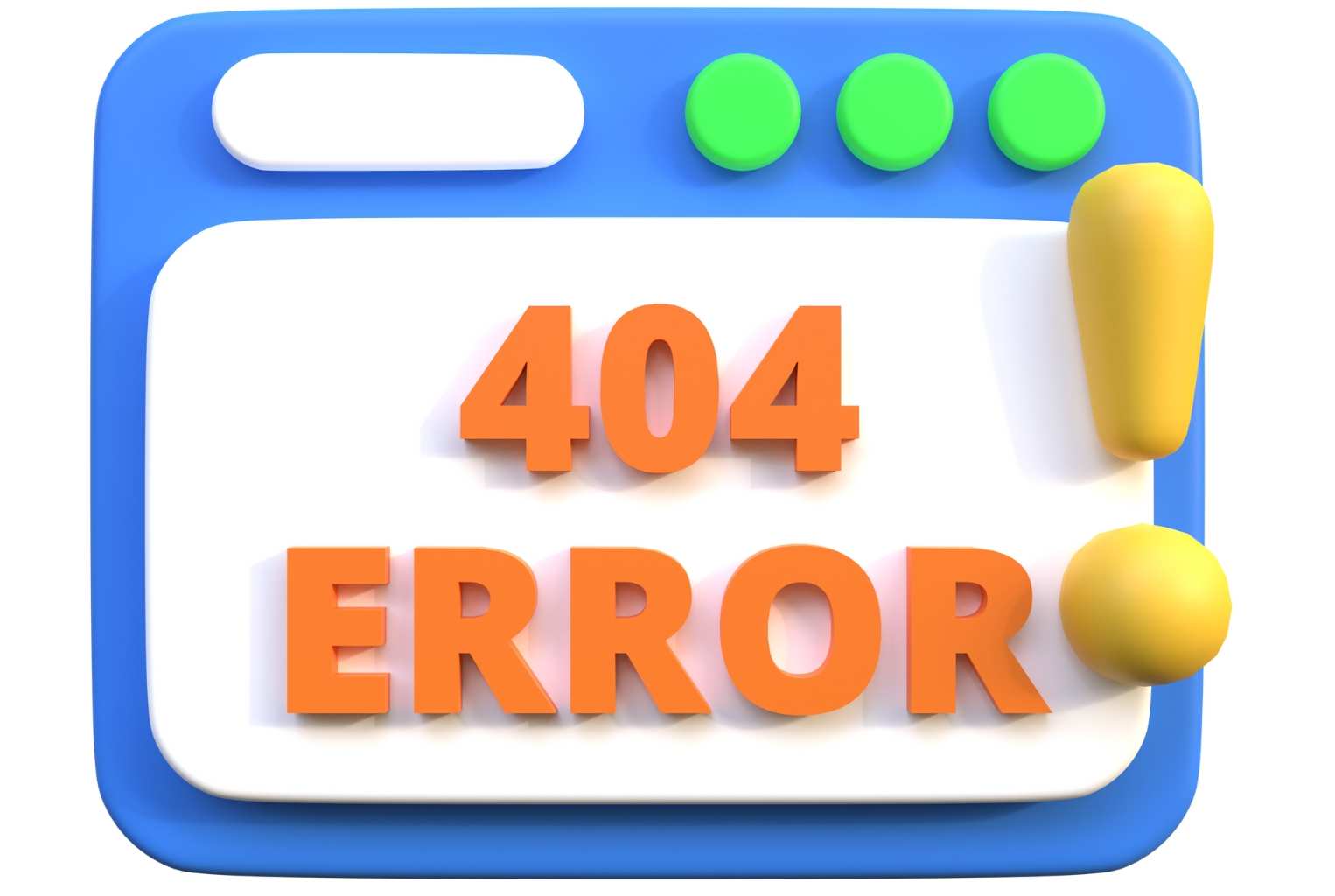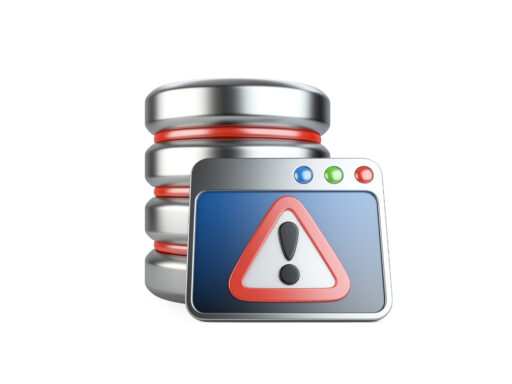You’ve probably encountered a 404 error at least once. That annoying message that pops up when a webpage can’t be found. Whether you’re a website owner or a regular user, understanding 404 errors will help you navigate the web better. In this post we’ll break down what 404 errors are, their causes, impacts and most importantly, how to fix them.
What is a 404?
In short, if you type in a URL or click on a link and the page doesn’t exist, you’ll see a 404. It’s like knocking on the wrong door—there’s nothing there!
Why is it Called a 404?
The name 404 error comes from the HTTP status codes used by web servers. Each status code represents a different type of response. For example, 200 means everything is OK, while 404 means the page is missing. The number “404” was chosen to indicate this specific error and it has become a standard term on the web.
404 Error Causes
There are many reasons why a 404 error will appear. Knowing these will help you avoid or fix them. Here are the most common ones:
1. Broken Links
A broken link is one of the most common 404 causes. This happens when a link points to a page that no longer exists or has been moved. If the URL changes and the old link isn’t updated, it will be a 404.
2. Typoed URLs
Sometimes 404 errors happen because of a typo in the URL. If you accidentally type in a wrong web address, the server won’t find the page and you’ll get a 404.
3. Deleted Pages
If a page is deleted or removed from the server without a redirect, anyone trying to access that page will get a 404. This happens when websites are updated or old content is no longer relevant.
4. Server Issues
Sometimes 404 errors can be caused by server issues. If the server is down or misconfigured, it won’t find the page and you’ll get a 404.
5. Moved Content Without Redirects
When content is moved to a new URL without setting up a redirect from the old URL, visitors to the old page will get a 404. Redirects help users find the new location of the content.
404 Errors
404s are more than just a nuisance – they can have real consequences for users and site owners.
1. User
A 404 can annoy users and drive them away from your site. If users hit 404s often, they’ll think your site is untrustworthy or poorly maintained. That can lose you traffic and potential customers.
2. SEO
Search engines like Google take 404s into account when ranking sites. If you have a lot of 404s, it can hurt your SEO. Search engines will see your site as less reliable and could drop you in the search results.
3. Missed Opportunities
Every time a user hits a 404 error, it’s an opportunity lost. They may leave your site instead of finding what they were looking for. Over time that adds up to a lot of lost revenue or engagement.
Fix 404s
The good news is 404s can be fixed. Here are some ways to address and prevent them.
1. Create Custom 404 Pages
One way to make a lemon out of a lemon is to create a custom 404 page. Instead of showing a generic error message, a custom page can guide users back to your homepage or suggest other content. That helps keep users even when they land on a missing page.
2. Check for Broken Links
Use Google Search Console or third-party link checkers to regularly scan your site for broken links. Fix those links and you’ll prevent 404s from happening in the first place.
3. Set up 301s
If you move content to a new URL, always set up a 301 redirect from the old URL to the new one. That way anyone visiting the old link will be redirected to the correct page and not hit a 404.
4. Update Internal Links
Regularly update your internal links to make sure they point to the right pages. This is especially important if you’re adding, removing or moving content on your site. Keeping your internal links up to date will minimize 404s.
5. Monitor Server
Make sure your server is set up and maintained properly. Server issues can cause 404s if the server can’t retrieve certain pages. Monitor your server and you’ll catch and fix those issues before they hit your users.
6. URL Rewriting
URL rewriting can simplify and standardize your URLs and make them less error prone. By using clean and consistent URLs you’ll reduce the chances of 404s caused by complex or irregular URL structures.there are many ways to address this issue and keep your website running smoothly.
So, the next time you encounter a 404 error, you’ll know exactly what it is, why it happened, and how to fix it. With these tips in mind, you can make sure that your visitors always find what they’re looking for on your site—no more dead ends!





